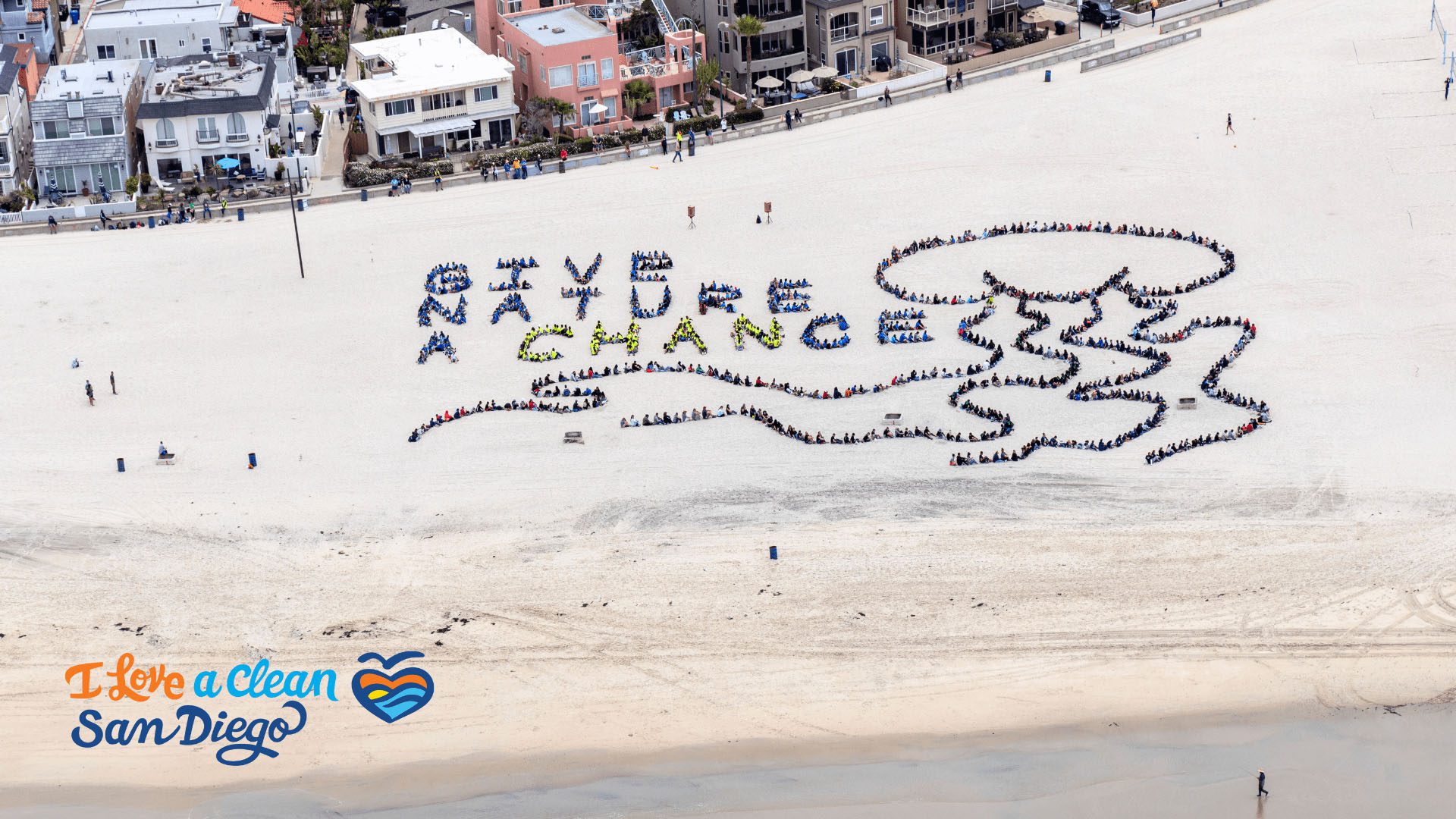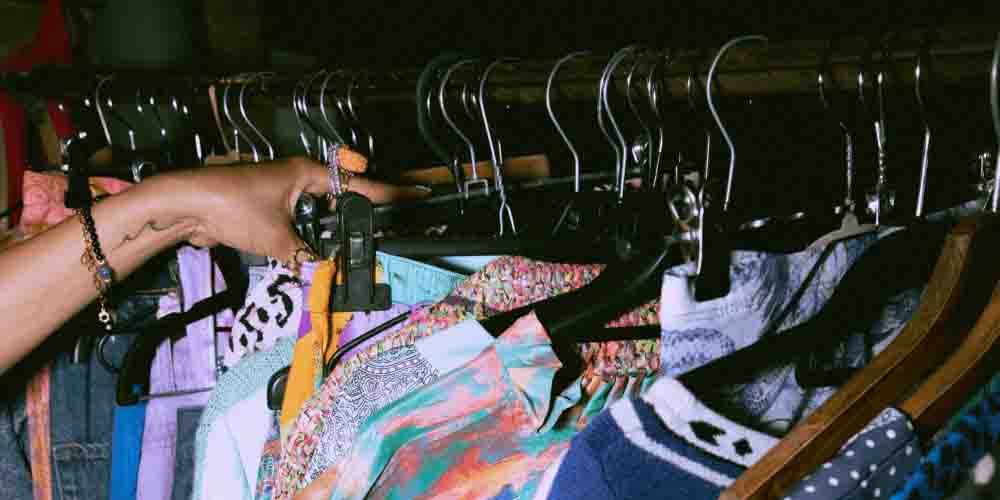Summer is the season to fire up the grill and spend time with friends and family! Before you plan your next backyard BBQ, here are some great tips and easy swaps to keep your gathering sustainable while helping you to reduce waste along the way.
Avoid purchasing pre-packaged or pre-made food items
Cut down on the amount of single-use plastics and create your own tasty recipes from home! You can use sites like Pinterest to get recipe inspiration. Or, to make things easier on the host, you can have a potluck, where all of your guests bring one homemade dish to share.
Incorporate more fresh vegetable and fruit options
Eating a diet rich in leafy greens and fruits packed with vitamins is not only healthier for you, it is also healthier for our environment! Fruits, vegetables, legumes, and other plant-based foods require less land and overall resources to grow and produce less greenhouse gas emissions compared to animal products you buy at the store.

Visit Your Local Farmer’s Market
To make sure you’re getting the best quality and value during your next grocery trip, try purchasing from a local organic market or look for produce labels that have the location of where it was grown. The closer it’s grown in your region, the fresher it will be and you will be doing your part to support local farmers!
Buy local produce and sustainably sourced meat and fish
Be on the lookout for where your meat and fish are farmed or fished. Buy from local fish markets and check which fish are in season to help ensure a sustainable impact on fish populations is maintained. For meat and poultry, free-range, organic, and grass-fed options are best due to typically better living conditions and overall sustainable land management practices. Here are some local fish markets and farms in San Diego County:
- Mitch’s Seafood
- El Pescador Fish Market
- Paramount Fish Co.
- Tuna Harbor Dockside Market
- Fish District
- Hawaiian Fresh Seafood
- Blue Water Seafood
- The Wise Ox Butcher and Deli
- 5 Bar Beef
- Primal Pastures
- Three Sons Farm

BYO reusables and avoid single-use plastic cutlery
Whether you’re hosting an outdoor barbeque or an intimate gathering with friends, avoid using single-use plastic cutlery. Using reusables will help reduce the amount of waste in our landfills, and will also save you money in the long run, instead of purchasing new single-use utensils and plates each time you host. You can buy reusable bamboo cutlery sets in bulk to have on hand. Encourage your guests to bring reusable containers for leftovers.

Make your own drinks
Making your own beverages is an easy swap to make instead of using bottled and canned beverages, saves money, and is more fun! You can create your own cocktail (or mocktail) station for your guests to get creative and serve them in these festive glass jars with bamboo lids for a nice touch (plus, they are spill-proof!)
Cover up your charcoal grill when not using it or opt for cleaner fuel
Making conscious choices can start during the grilling process. A tight-fitting lid cooks meat faster and more evenly while using less fuel. Use reusable grilling tools and accessories like metal skewers. Use condiments and food that you already have in your pantry or refrigerator. If you’re looking to upgrade your grilling set-up, you can always purchase a gas grill that is more energy efficient and uses a cleaner fuel source.































